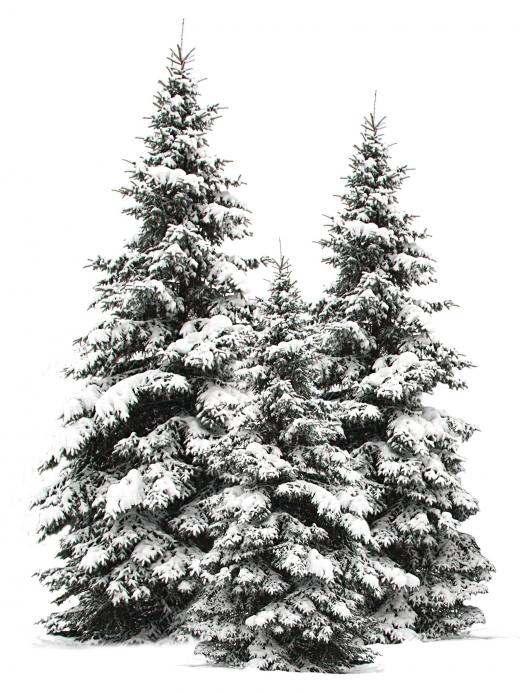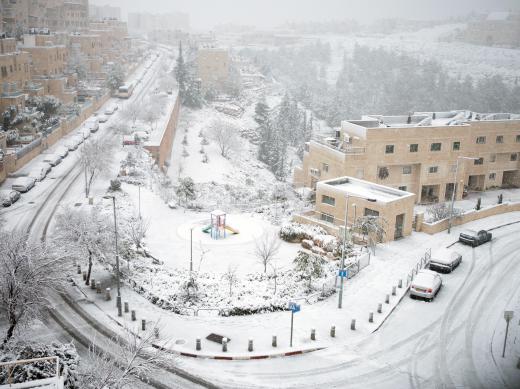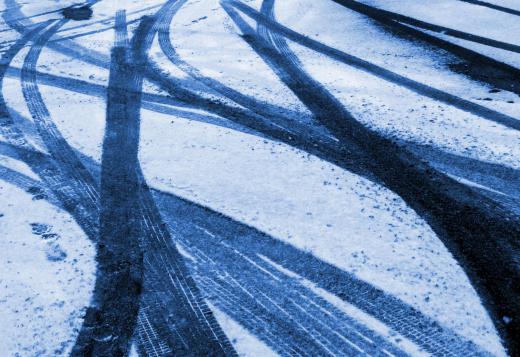What Is Drifting Snow?
Drifting snow is the name given to light snow that is captured by the wind and suspended in the air, moving just above the ground or through the air. One of the definitions for drifting snow is that it must be moving above the ground, but at a height of no more than 6 feet (about 2 meters). Any snow that is being carried by the wind above this height is designated as blowing snow and is handled differently by meteorologists. Many hazards are presented by drifting snow, including a reduction in visibility, sometimes almost to the point of no visibility. It also can cause roads to become treacherous and slippery, and it may damage property and other outdoor objects by being deposited in large amounts on surfaces that do not usually have to withstand the weight of snow.
Several factors need to be in place for drifting snow to develop. The first is that the snow itself needs to be of a certain consistency to be carried by the wind from the ground, or to be pushed while falling. It needs to be frozen and not too heavy or wet, so as to be unaffected by the wind. The air temperature needs to be cold enough to keep the snow frozen after it is on the ground. The ground itself needs to be cold so falling snow does not melt once it touches it, and the wind needs to be strong enough to move the flakes.

If most of these factors are in place, then snow has the potential to become drifting snow. If it is in the process of falling when the wind begins, the snow can be carried almost horizontally for a long distance before it is deposited somewhere. On the ground, the snow can be lifted up and carried some distance away. Both occurrences qualify as drifting snow.

While moving through the air, the drifting snow will move until either the wind reduces speed enough for it to fall to the ground or until some type of obstruction is reached. In the event that something physically blocks the snow from moving with the wind, then a mound of snow can begin to accumulate on the surface of and before the obstruction. This can be a tree, a wall, a home or even a car. These mounds of drifting snow can be very deep and loosely packed, making them hazardous.

One problem with a snow drift is that objects such as road signs, people, cars and homes can quickly be buried by the snow so they can't be seen. It also adds unneeded weight on a structure. The weight of the snow can cause the roof of a home to collapse or a tree to fall. The snow also can mound in piles on roads and stop traffic. One of the only ways to defend against damage from snow that is drifting is to build protective walls, although these are not always effective.
AS FEATURED ON:
AS FEATURED ON:













Discussion Comments
I lived through two major blizzards in Ohio, and the winds were nearly at hurricane force. The snow on the ground was blown into massive drifts that looked like sand dunes. If a building or a car happened to be in the path of that drifting snow, it just got buried.
Post your comments